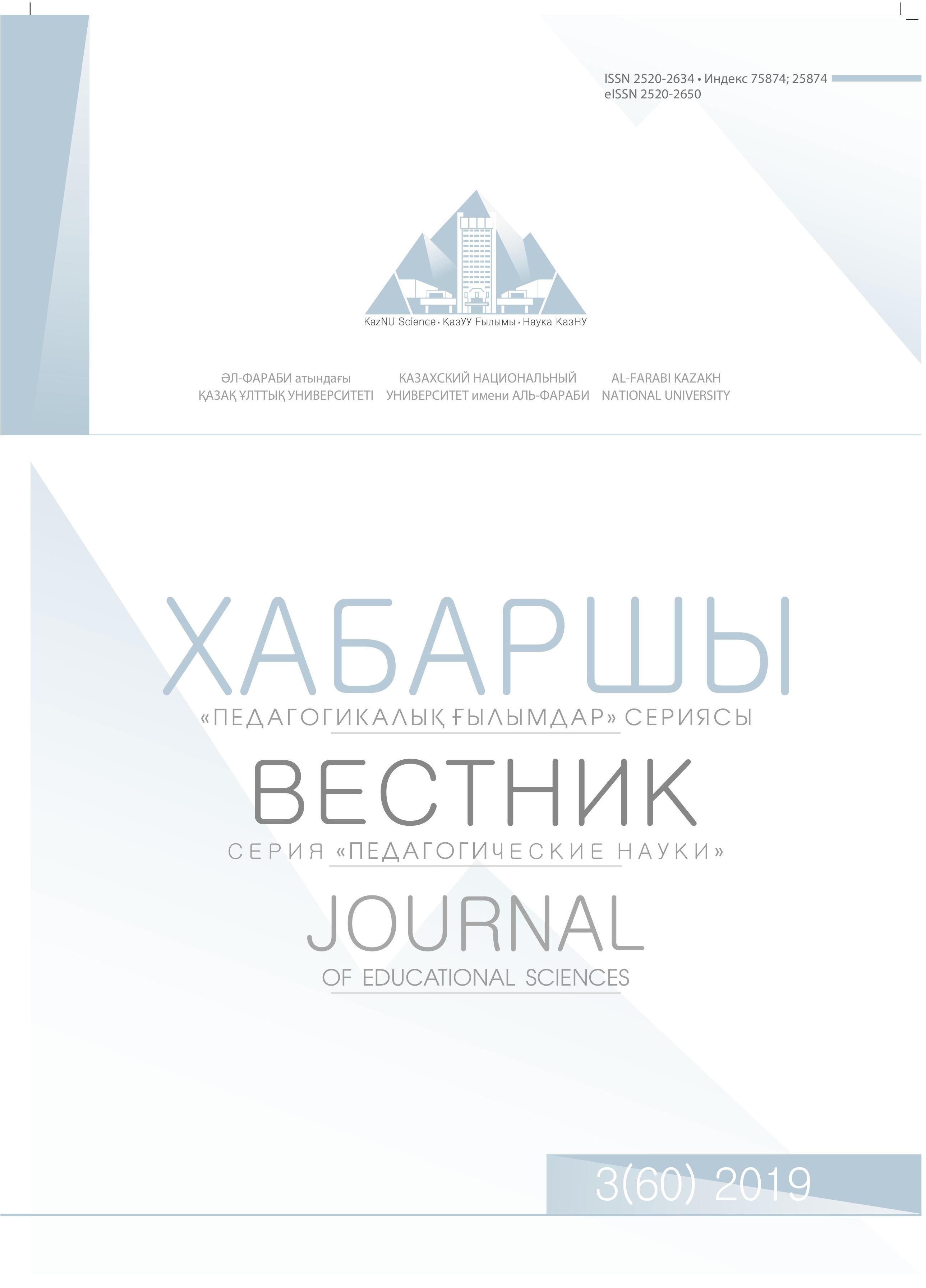Comparative Analysis of Students ‘ Knowledge with the Use of Active Methods of Teaching Inorganic and Organic Chemistry
DOI:
https://doi.org/10.26577/JES.2019.v60.i3.09Abstract
Using interactive teaching methods allows students to actualize their strengths and abilities in the learning process leaning on their knowledge and previously acquired skills. Students’ self-esteem and study effectiveness increase. In addition to cognitive skills, in the process of applying interactive methods, the communicative competence of students is formed. Such qualities as business communication skills, the ability to seek agreement, compromise, the ability to work in a team are developed. Interactive teaching methods form skills to set goals, to build tasks, to make serious, responsible, right choices in process learning, to analyze simulated professional situations from different angles (professional, social, economic, environmental). The article discusses the use of active methods in the teaching of organic and inorganic chemistry. A methodology was developed on the basis of the constructivist approach, using the following methods: TRIZ, “clean sheet”, case study, 6 hats of E. Bono, brainstorming, etc. for the subject “Inorganic and Organic Chemistry”. The experimental work was carried out on the basis of the agrarian faculty of the West Kazakhstan Agrarian and Technical University, with students - future agronomists. About 40 people took part in the experimental and pedagogical work. The experimental group was trained using active teaching methods according to the developed methodology. As a result of experimental and pedagogical work, the indicators of the experimental group were higher than that of the control; the average score of the experimental group was also higher. Key words: TRIZ technology, chemical kinetics and chemical equilibrium, active methods, sociability, discussion, business game.







